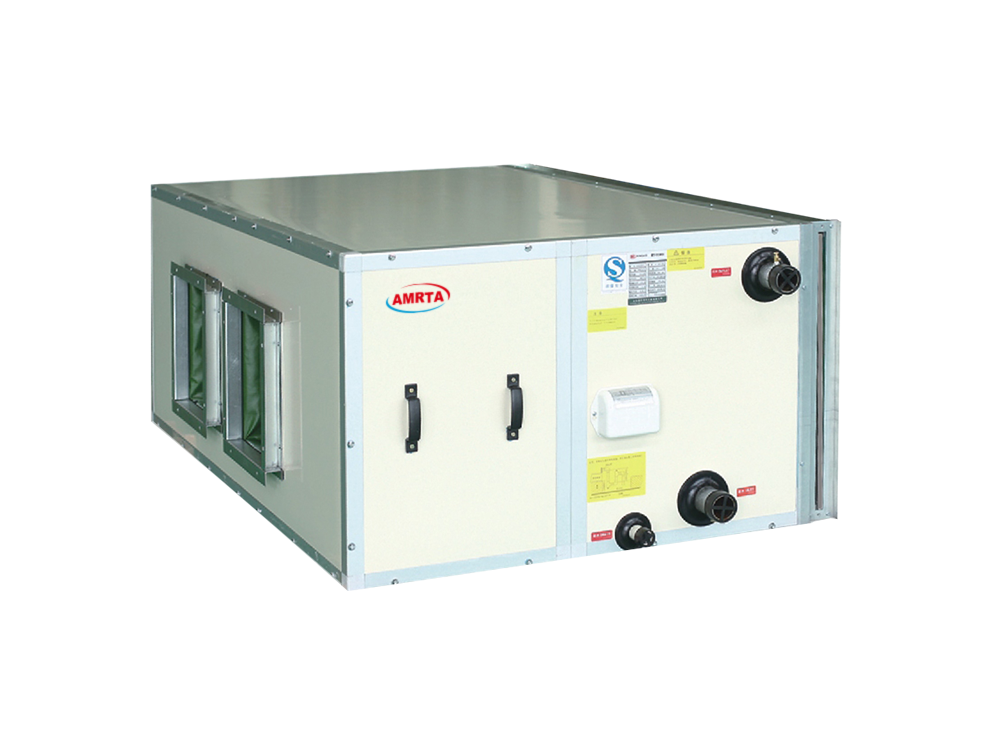Effect of Soil Moisture Flow Diffusion on Nutrient Fertility
The spread of fertility in the soil is often accompanied by the flow of soil moisture, that is, the more frequent the diffusion of soil moisture, the greater the change in fertility nutrients. The flow and diffusion of soil moisture can be measured, compared, and analyzed using a soil moisture meter. Today we use soil moisture meters to analyze the effect of water flow on nutrient fertility.
In this experiment, when the soil moisture content was 20%, it was equivalent to 68% of the field water holding capacity, slightly less than the capillary water fracture volume (70% to 90%). At this time, the moisture of the soil in the soil is broken and the ion diffusion rate is greatly reduced. The released nutrients cannot be removed in time and accumulate on the surface of the fertilizer particles. Therefore, the concentration of the external solution increases, and the osmotic potential ratio of the nearby local soil solution is calculated. The value is much higher, so that the actual release rate and maximum release rate are lower than those predicted from soil water potential. When the matric potential is 0.01 MPa, the diffusion rate of the soil solution is the limiting factor affecting the nutrient release rate.
In this experiment, the soil matric potential at a water content of 30% was 0.0094 MPa, and the release rate under this condition was consistent with the predicted value. Water content less than 20%, with the soil moisture content decreased, the measured release rate is much lower than the predicted value. At soil moisture content of 10% and matrix potential of 0.76 MPa, the release rate was consistent with the predicted values ​​at 20 days fertilization. With further release, the released solution accumulates around the particles due to a decrease in the vapor pressure difference between inside and outside, and the solution is not sufficiently diffused. Similarly, when the water content was 4.2%, the fertilizer solution was not sufficiently diffused from the start of the release, and the fertilizer particles were covered with the high-concentration soil solution, so that the difference between the internal and external water vapor pressures was significantly reduced.
In water-saturated soils, the diffusion coefficients of most of the monovalent and divalent cations in the soil are one to two orders of magnitude smaller than those in aqueous solutions, and the diffusion coefficient of soil ions varies with changes in soil moisture content. Surface moisture in the drylands varies from 8% to 40%. Based on the above results, we believe that the release of controlled-release fertilizers in dryland soils cannot be predicted by the model obtained under saturated water, and the effect of soil moisture on the nutrient release rate of controlled release fertilizers must be considered.
More Agricultural Instrument Encyclopedia: http://
Chilled Water Air Handling Unit
Chilled water air handling unit
Water chilled type, equipped with Air Cooled Water Chiller or Water Cooled Chiller to cool, heat the target and at the same time to purity the air, which will make people feel comfortable.
Amrta patented air handling unit uses our newly developed patented structure; mainly constructed with air filter, heat exchanger, fan motor, fan blower and other main components; it can meet with different external pressure requirements; tight unit structure, light unit weight and good cooling/heating performance. Direct paneling assembly structure and the frame is made of patented alloy aluminum constructed structure, joined together as a cabinet frame system. Not only ensure the cabinet is air fight, but also eliminate thermal bridge and enhance the rigidity and strength of the unit. The products are of small size, low noise hence it Is widely applied in the comfortable air conditioning system such as the hotel, commercial building, office and underground railway application.
Operation & Maintenance
1.Before the unit operation, check the water pipe valves system and duct equipment. Make sure everything is under good condition.
2. Check the fan motor and blower moving parts regularly for their connection, operation and rotating direction. Readjust it if necessary.
3. Air filter cleaning should be carried out every month before and during operation.
4. During winter, coil water should be drained out if not operating. If the unit needs to operate during winter time, make sure when the unit stops running, the coil water must circle the system and the fresh air damper must be closed to prevent coil freezing. If the unit stops operation for a long duration, coil water must be drained out.
5. Clean soft water must be used for chilled water and hot water system. Every year, wafer chemical treatment must be performed to eliminate the contamination in the system and apply compressed air or wafer for cleansing the fin coil surface, drain pan and U-trap bend.
6. Regular checking must be performed for the motor bearing lubrication condition and belt tightness.

Chilled Water Air Handling Unit,Chilled Water Fresh Air Handling Unit,Recovery Chilled Water Air Handling Unit,Heat Chilled Water Air Handling Unit
Jinan Amrta Air Conditioning Co.,Ltd , https://www.waterchiller.pl
